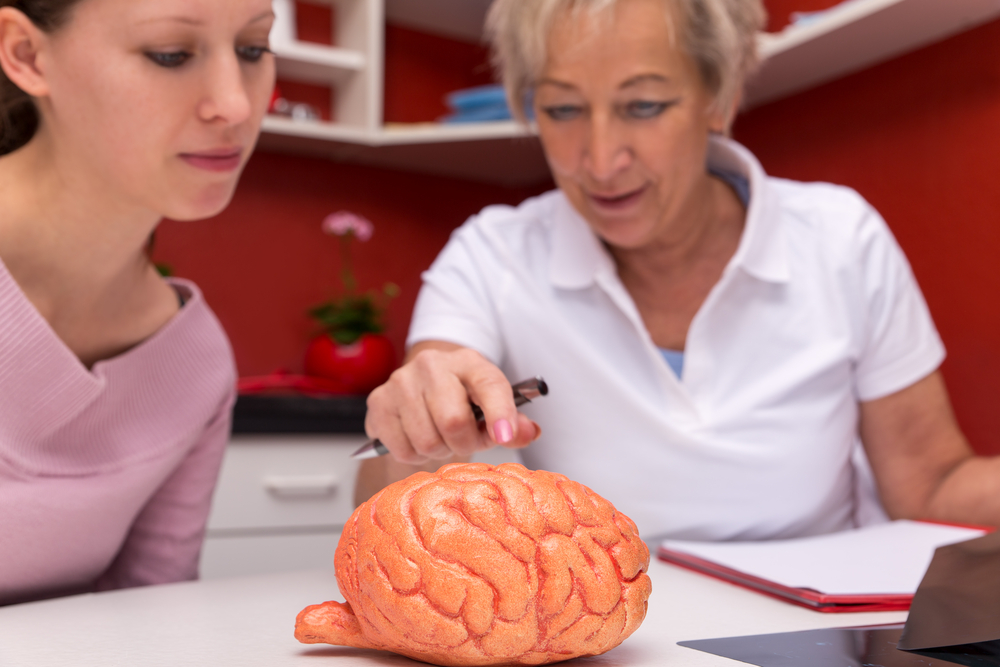New Pool of Neural Stem Cells Found in Brain Meninges Could Lead to New Therapies for MS, Other Diseases
Written by |

Researchers have found neural stem cells (immature cells that can become neurons) in the meninges of the brain, a three-layer structure that protects the nervous system, according to results of a new study.
The discovery of this pool of stem cells in the adult brain opens new possibilities for the treatment of diseases that are characterized by brain damage and neuronal loss, including multiple sclerosis (MS).
The study, “Neurogenic Radial Glia-Like Cells In Meninges Migrate And Differentiate Into Functionally Integrated Neurons In The Neonatal Cortex,” published in the journal Cell Stem Cell, was conducted by a team of international researchers from several countries.
The adult nervous system (brain and spinal cord) is surrounded and protected by three membranes called the meninges (dura mater, arachnoid mater, and pia mater). Neural stem cells are produced during embryonic development. According to a news release, scientists believed for decades that in the adult brain, these cells existed only within the brain tissue, making their access complicated.
Now, researchers found that the meninges also store a pool of neural stem cells, showing that these membranes can be a source of newly produced neurons in the adult brain. This finding is of great importance considering that many diseases, such as MS, result from neuronal loss, and support the idea that the adult brain has a certain capacity to regenerate and heal itself.
To demonstrate the presence of neuronal progenitor cells in the meninges, the team used novel cutting-edge techniques, such as single-cell RNA sequencing, which is able to identify cells based on their unique expression profile of RNA molecules.
The team believes the discovery of neural stem cells in the meninges can be applied to the clinical environment in the future, provided some questions are answered. The questions include how these neural stem cells in the meninges become different types of neurons, and whether researchers can distinguish them to replace the dying neurons in MS.
More studies are warranted to understand whether it’s possible to “hijack” the dividing capacity of neural stem cells to restore neurons in MS and other neurodegenerative disorders, and to understand if these cells can be isolated from the meninges at birth and stored for later use.





